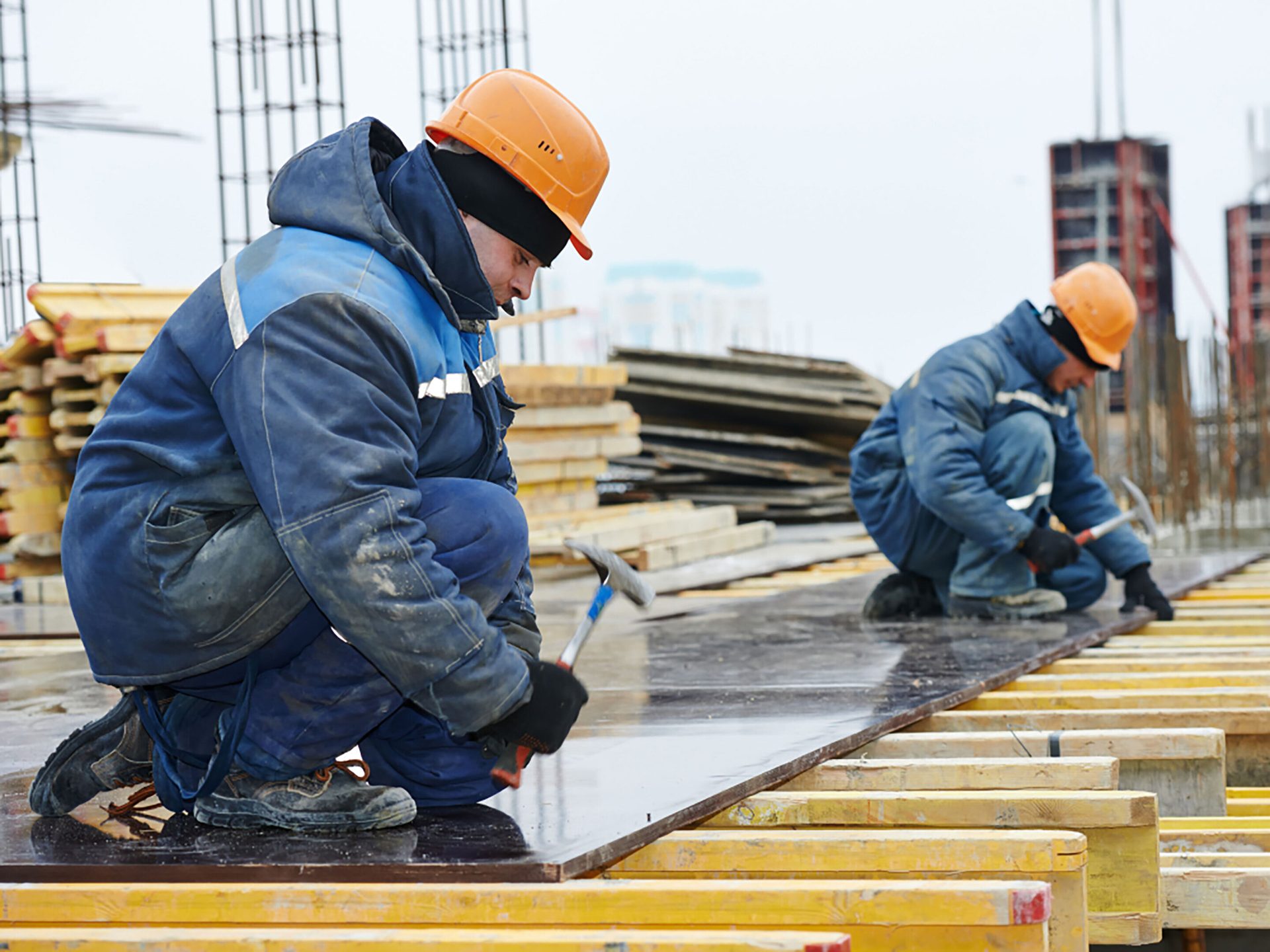Shifting labor demands
The National Association of Manufacturers (NAM) reports there are currently 13 million people employed by more than 240,000 manufacturers throughout the U.S., with an additional 4 million manufacturing positions expected by 2030.7 However, the nature of manufacturing work is shifting.As humans and machines are increasingly working together, new types of jobs like Manufacturing Cybersecurity Strategists, Digital Twin Architects, Robotics Technicians, Predictive Supply Network Analysts, or Smart Factory Managers will be required.8
This shift has led to a skills shortage, where many manufacturing companies are struggling to find labor with enough experience or the right skillsets to meet today’s demands. As a result, nearly 60% of manufacturers in a recent NAM survey indicated they are creating or expanding internal training programs for employees to help mitigate the skills shortage in the future.9
The pivotal role of safety
As these changes continue to evolve the manufacturing sector, safety for workers and facilities is just as important as ever. With humans and machines working alongside each other, there are several factors to consider:
Noise: With robots and automation technologies taking on many manufacturing roles — from welding, painting, lifting, and forging to stamping, forming, machining, palletizing, and assembling — the noise level in many factory environments is going up. Wearing appropriate hearing protection, such as ear plugs or passive earmuffs, is critical to safeguard workers’ hearing over the long term. Nearly half of all manufacturing workers have been exposed to hazardous noise levels, and 28% who are exposed to this noise report not wearing hearing protection.10
Vision: It is important to keep a clear line of sight when in a factory setting where humans and various powerful machines are operating simultaneously to avoid collisions or other injuries. Protective, anti-fog eyewear can both safeguard workers’ eyes from flying objects and help keep their vision clear when they are sweating or moving into different temperature environments within a building. In addition, blue light-blocking glasses can help protect the eyes from glare and potentially reduce retinal damage from exposure to blue light.
Electrical safety: As the world moves toward greater electrification, new considerations enter the picture for worker safety. For example, manufacturers of lithium-ion batteries and electric vehicles need to equip their employees with electrical safety gear like insulating rubber gloves and dielectric boots to help safeguard them from electric shock, arc flash, and burns they may encounter at different stages of the EV manufacturing process.
Hand protection: Hand coverings remain the largest personal protective equipment (PPE) product segment in the U.S., fueled by growth across manufacturing, construction, and healthcare in recent years. Glove sales nationwide are expected to climb 11% through 2024.11 In auto manufacturing, gloves that provide enhanced dexterity and good grip are vital for workers handling small parts like nuts, bolts, and screws and workers attaching cables and wires. In the food and beverage sector, nitrile gloves offering chemical protection, cut resistance, and strong grip in both wet and dry settings is key. The proper gloves help manufacturing workers to do their jobs both effectively and safely.
In addition to head-to-toe protection for employees, the manufacturing industry has always prioritized — and will continue to focus on — safety for visitors to its factories. Whether it’s a technician coming into the facility to make repairs to a machine, a trainer coming in to teach a safety program, a salesperson walking the plant floor, or a logistics worker coming to pick up product, manufacturing operations must ensure each person coming through the doors is safe for the duration of their visit.
Furthermore, with many long-tenured workers in manufacturing now retiring and a new generation entering a changing manufacturing workforce, training on both safety and new skillsets will be a key component for manufacturing operations across North America. The recent EY “Work Reimagined” study found that 60% of advanced manufacturing business leaders believe investing in and upskilling the workforce for evolving technology and work requirements is vital for a sustainable future of work.12
Though manufacturing is changing and will continue to do so, safety will remain at the forefront for this industry to continue to innovate and produce the products we all depend on.


